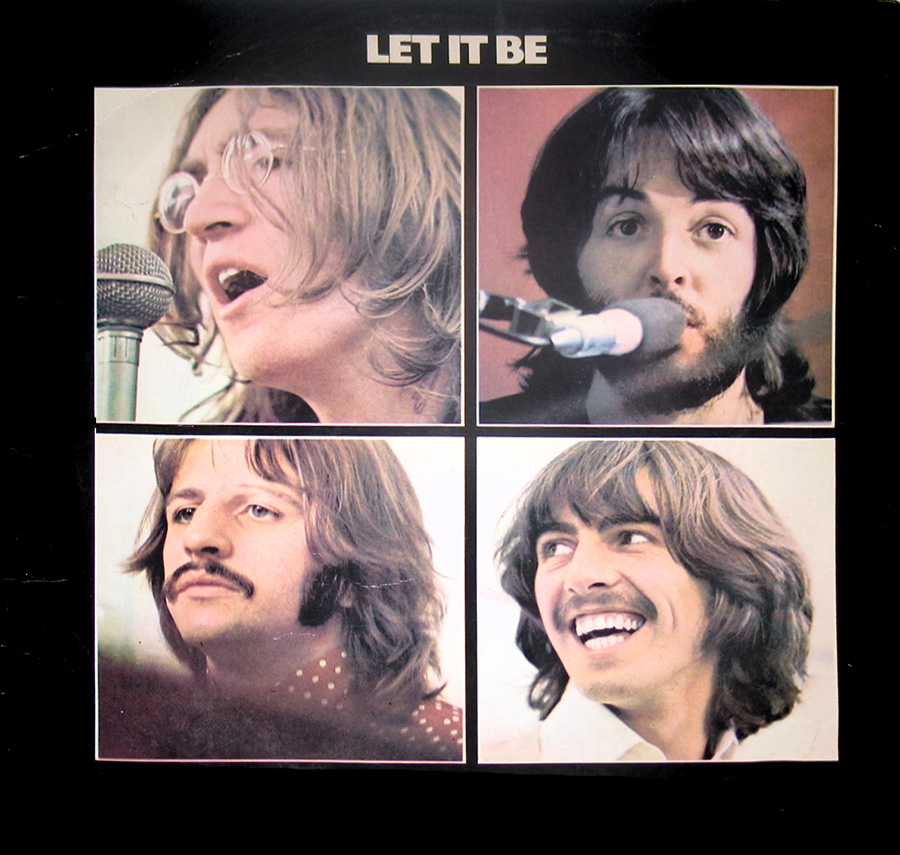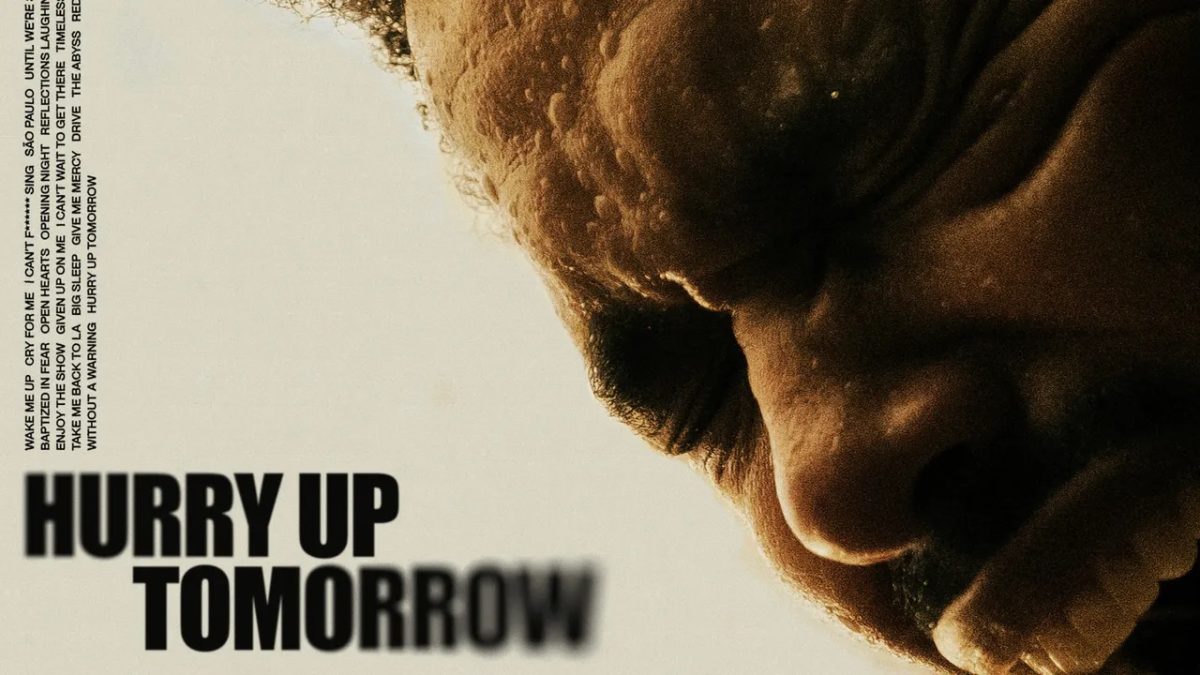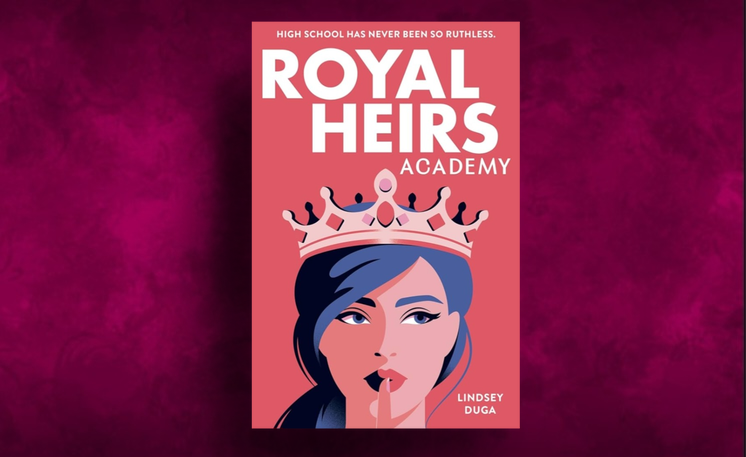Beatles fans around the world rejoice upon the release of Director Peter Jackson’s three part documentary, The Beatles: Get Back. After Nov. 25-27, the series made its premiere, with each episode being released over a three day period.
Peter Jackson’s run at the Let It Be sessions is one that was almost four years in the making, with over 150 hours of audio and 60 hours of film footage edited and compacted into almost eight hours of run time.
To put it bluntly, it’s predecessor has been widely accepted as a failure. Let It Be (1970) used the very same footage Jackson did, yet hasn’t been commercially available since the year 1980.
Get Back is upbeat while Let it Be is the polar opposite. Empty, full of tension, and down-right agonizing, the film illustrated a picture to the public timed rather unfortunately with the group’s disbanding in 1970.
At the time, The Beatles had the world in the palm of their hand. Beloved in Canada, Japan, France, Italy, (though, it could be argued, that they are definitely not loved in the Philippines), and holding the title of America’s sweethearts for almost half a decade, the world was fascinated with the fab four.
An overnight sensation to absolute fanaticism, the Beatles quite literally took the world by storm in such a phenomena that can now only be described as Beatlemania.
The United States adored them. Four working-class boys who had made a name for themselves through their love for music, each one unique in his own respect.
John, the founder, was the smart Beatle. Paul was dubbed the cute one, a teenage heartthrob. In turn, George was seen as the quiet Beatle and Ringo was the funny one.
Above all, what the world loved most was their show of brotherhood. For years the four practically lived out of each other’s back pockets. They were more than just bandmates and the world loved it.
The witty banter, the messages of love, the rebellion, and effortless youth. The public quickly acquired a specific vision of The Beatles and what a day in the life looked like.
In 1964 the band released their first feature film, A Hard Day’s Night, starring The Beatles as themselves. Arguably, the movie came out at the peak of Beatlemania, and this showed.
A Rock ‘n’ Roll comedy, A Hard Day’s Night features the four managing to get by even through their newfound stardom. From slipping past mobs of fans in disguises to goofing off with one another in a fashion characteristic to The Beatles, the debut further illustrated this fantasy of the band the world held.
The film was a major success, and from 1964-1968 The Beatles would release another four movies, each one continuing to reflect the same cheerful absurdity as the last. In 1970, The Beatles would release their final movie, Let It Be.
In a way, Let It Be broke the fantasy. What was holding together The Beatles was like a fraying string, leaving audiences left to wonder: At what point is this string going to finally snap?
Back and forth bickering, substance abuse, indecisiveness, McCartney dominating the sessions, and the overall tension throughout the film was a side of The Beatles the public hadn’t really seen before.
Paul McCartney said it best himself: “What happened was, when we got in there, it showed how the break-up of a group works. We didn’t realise it but we were actually breaking up as it was happening”.
Had the public view of The Beatles been changed? Tainted?
Lennon sang in his song “God”, a track on his debut solo record, “The dream is over” and “I was the walrus, but now I’m John”, alluding to his time spent in The Beatles.
For many years, the dream was over. Let It Be would soon fizzle out, never to be given a commercial release, yet it’s impression would stick.
Jackson’s Get Back worked somewhat of a miracle on the muddy reputation the band’s breakup had been given. Whether eight hours of length is a good or bad thing is subjective to the viewer, but the three episodes were capable of creating a truthful and realistic portrait of the sessions.
Are there still some of the negative aspects from Let It Be? That’s something that is unavoidable, no matter how great the director.
Get Back simply feels fleshed out. John and Paul, cheerily collaborating on song lyrics. The four members play together in a raw state, reminiscing on old times.
That absurdity is back, and the moments between songs where The Beatles can once again be seen goofing off and making quips very well might be the best. Get Back is the final film The Beatles deserved.
“We had ups and downs, but even around all that – which you’ll see with the Peter Jackson edit-we were having fun, which [Let It Be] never showed, joy and fooling around and shouting at each other,” said Starr.








